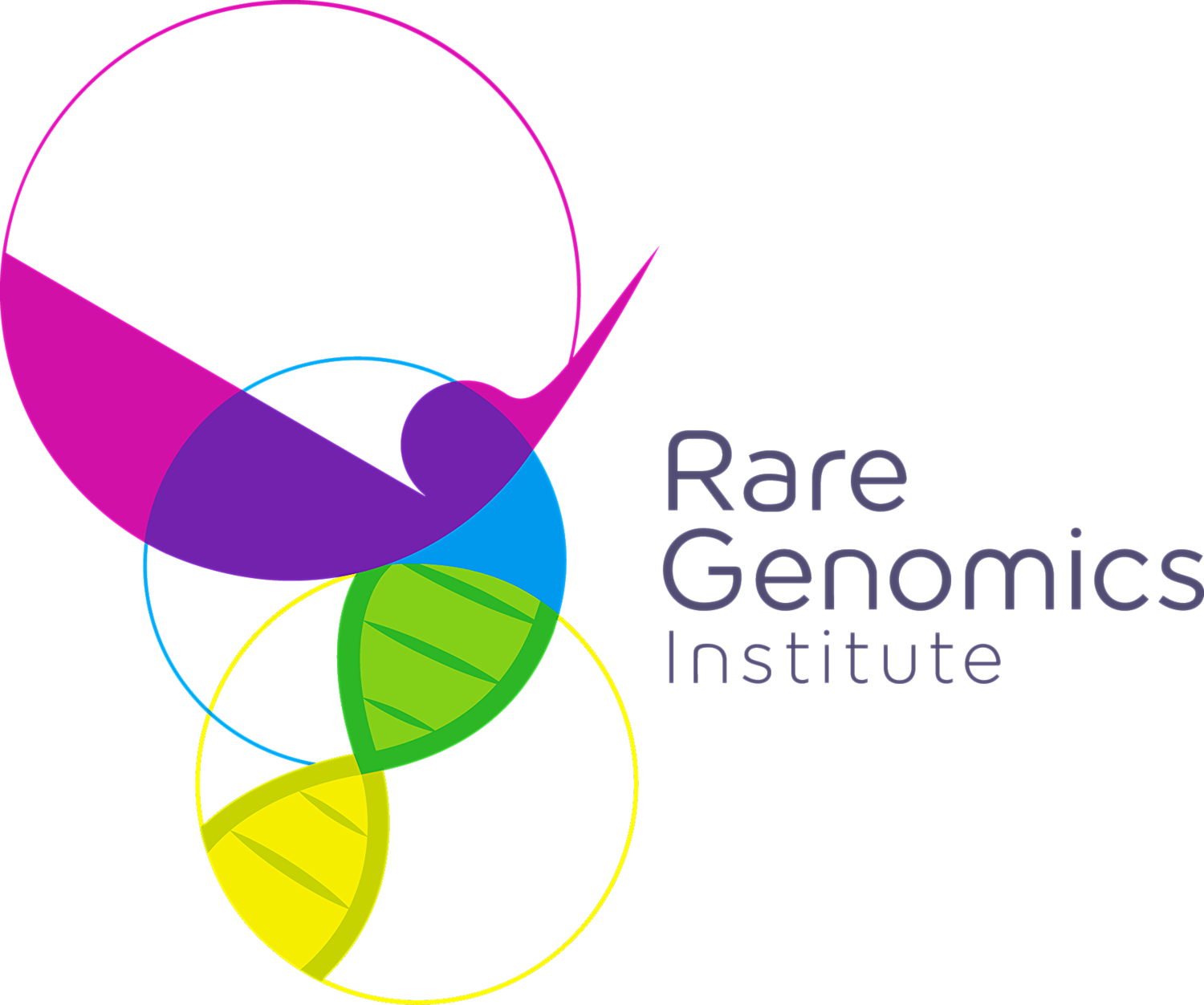A Rare Genomics patient is diagnosed using Genomenon’s Mastermind Search Engine
/Los Angeles, CA; February 27, 2019 : Getting a diagnosis for a rare disease is a long and often painful journey that can take an average of five years1 and hundreds of doctor visits. Sometimes, the answer never comes; conventional diagnostics does not always provide a diagnosis for diseases that are only found in one in a million or one in 10 million people. Because most rare diseases are genetic in nature, genomic DNA sequencing can be used to provide answers that conventional approaches cannot.
Most families affected with rare diseases are under financial strain, making access to genetic sequencing technologies difficult. Rare Genomics Institute, a non-profit patient advocacy group, meets these patients at the end of their diagnostic odyssey – when all other means of diagnosis have failed and when financial resources are no longer available to continue the diagnostic process. Rare Genomics has created an ecosystem of leading technology partners and genetic experts from top research institutions around the world to give patients access to world-class genomic sequencing, data analysis and interpretation services. Often, Rare Genomics works with their partners and volunteer experts to re-analyze cases that have hit a dead end.
Recently, Rare Genomics announced a strategic partnership with Genomenon, a Big Data genomics company that uses artificial intelligence to connect the genetic mutations buried in 30 million medical research publications with patient data obtained from genetic sequencing. Using technology that wasn’t available just a few years ago, Genomenon puts the research for over 4.1 million genomic variants at the scientist’s fingertips to make sure that no stone is left unturned in providing a comprehensive diagnosis.
In a recent case, a patient had their whole exome sequenced and analyzed by a leading genetics laboratory as part of their long diagnostic odyssey. The lab was unable to find any clinically relevant genetic mutations that could provide a diagnosis. That was where Rare Genomics Institute stepped in; Dr. Lipika Ray, a computational geneticist, reanalyzed the patient's DNA data.
Finding causal variants which might explain the rare disease is a computationally intensive process, requiring multiple algorithms to process raw genetic data into a handful of genetic variants to be explored further. This process is nothing short of finding a needle in a haystack! Typically, the raw sequence data is filtered through some QA metrics, aligned with a reference sequence and variants are called on raw reads (secondary analysis). The subsequent computational analysis is often referred to as tertiary analysis where the annotated variants are classified, filtered and ranked, thereby determining the clinical relevance of these variants. Rare Genomics scientist rely on another key partnership with Fabric Genomics, a leading provider of tertiary analysis software. In this case study, the candidate variants produced by Fabric Genomics’ platform were further analyzed with Genomenon’s state-of-the-art Mastermind Genomic Search Engine to find any gene mutations reported to be associated with patient’s phenotype. With Mastermind, Dr. Ray was able to find a single research report in the scientific literature that matched the patient’s DNA data. The patient in the report shared similar symptoms to the patient being analyzed. With this finding, RG recommended that the patient be re-examined based on the diagnosis found in the scientific research.
“Sometimes there is only one research paper that can connect a patient’s DNA with a diagnosis. Searching through millions of research papers to find a patient’s genetic mutation can be like trying to find a needle in a haystack. With advanced AI techniques used by Genomenon, the needle can pop right into view.” said Dr. Ray. “I can say with certainty that without the findings obtained from Genomenon, I would not have been able to provide a diagnosis for this patient.”
“This case is the perfect example of the innovative opportunities we try to bring to rare disease patients that have been fighting for so long with no answer,” said Romina Ortiz, COO Rare Genomics. “We are also excited to demonstrate a relevant workflow which combines two modern leading technology platforms, Genomenon and Fabric Genomics, for patient derived genomic data analysis”, she added. The two companies have also recently announced their partnership.
Delay to diagnosis often results in inappropriate testing, treatments, or missed treatment opportunities, and is correlated with increased morbidity and mortality2,3,4,5. Genetic answers, like the one found in this case, can provide whole new avenues for these families.
It allows them to gain approval and coverage for referrals and testing with specialists to better treat or manage the disease. And in some cases, even cure their disease. At the same time, it immediately gives them something real to attribute their child’s disease to. It can give them a new community to participate in, where families with children that share similar mutations or disease can provide resources, recommendations or sometimes just someone that understands them.
*
Angelis A, et al. Socio-economic burden of rare diseases: A systematic review of cost of illness evidence. Health Policy 2015; 119(7):964-79.
Limb L, Nutt S, Sen A. Experiences of rare diseases: an insight from patients and families. 2010. http://www.raredisease.org.uk/documents/RDUK-Family-Report.pdf.
Guffon N, Heron B, Chabrol B, Feillet F, Montauban V, Valayannopoulos V. Diagnosis, quality of life, and treatment of patients with Hunter syndrome in the French healthcare system: a retrospective observational study. Orphanet J Rare Dis. 2015;10:43 doi: 10.1186/s13023-015-0259-0
Wang RT, Silverstein Fadlon CA, Ulm JW, Jankovic I, Eskin A, Lu A, et al. Online self-report data for duchenne muscular dystrophy confirms natural history and can be used to assess for therapeutic benefits. PLoS Curr. 2014;6. pii: ecurrents.md.e1e8f2be7c949f9ffe81ec6fca1cce6a.
Pierucci P, Lenato GM, Suppressa P, Lastella P, Triggiani V, Valerio R, et al. A long diagnostic delay in patients with Hereditary Haemorrhagic Telangiectasia: a questionnaire-based retrospective study. Orphanet J Rare Dis. 2012;7:33 doi: 10.1186/1750-1172-7-33
*

